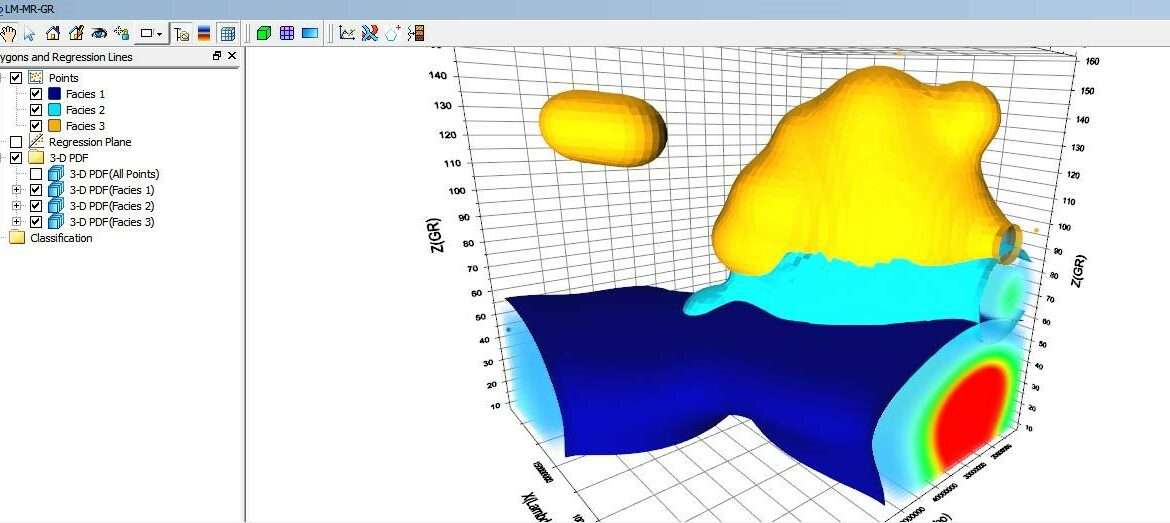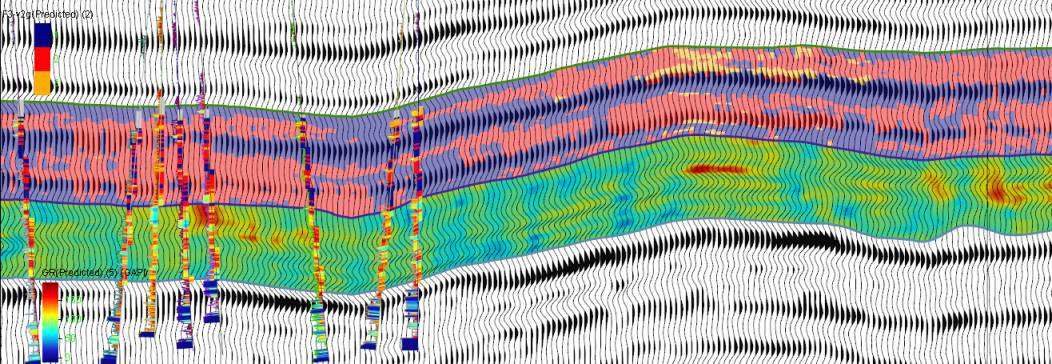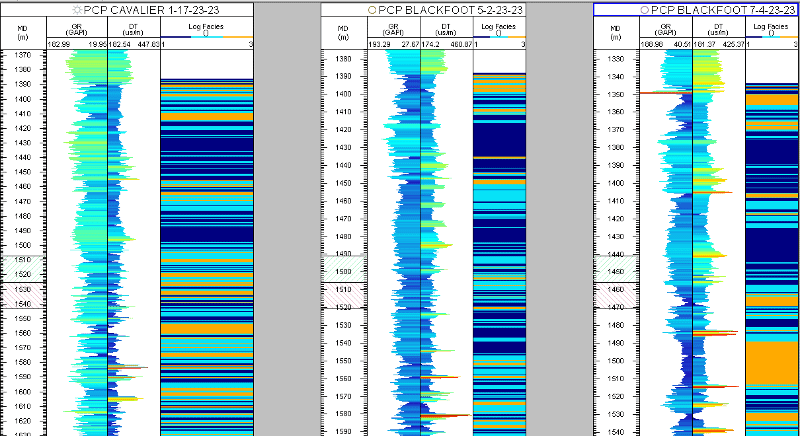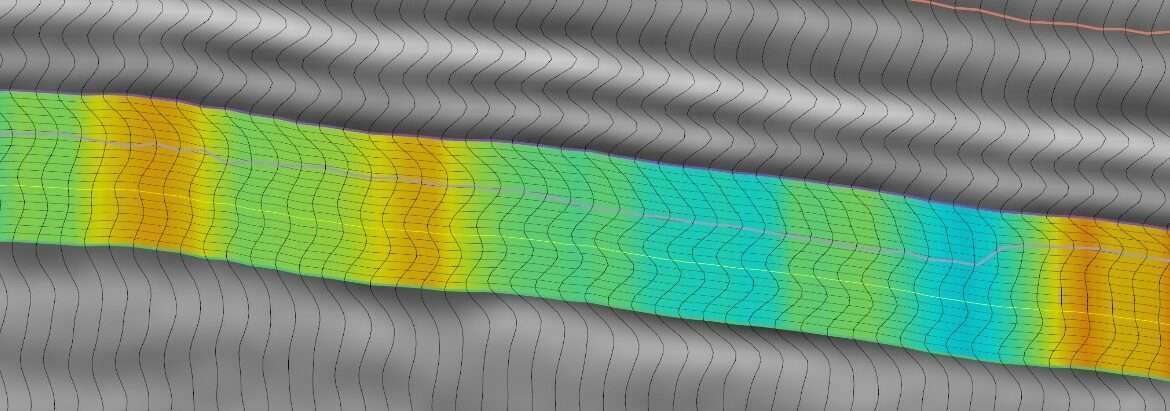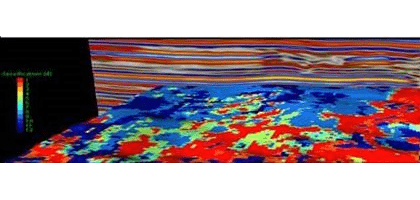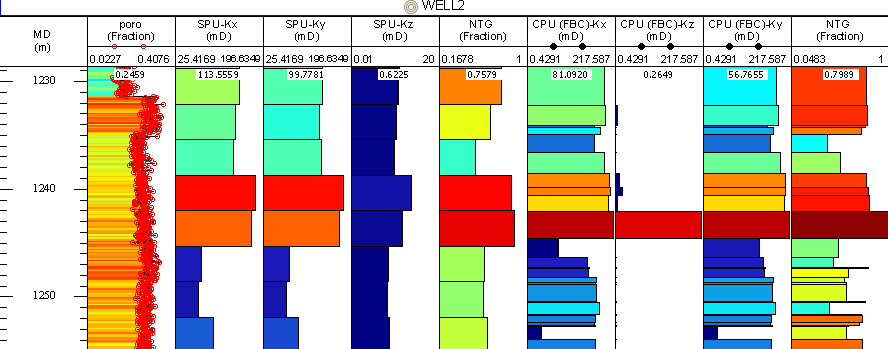Join us to learn the new and improved features of AttributeStudio 8.4, including Elastic modulus calculators, Bayes classification of strata-grid and more.
Webinar – Supervised Learning Workflow AttributeStudio 8.3
Join us for our Webinar on the Supervised Learning Workflow for Predicting Reservoir Properties in AttributeStudio 8.3 Thursday November 28, 2019.
Webinar – Well Log Facies Classification Workflows
Join us for our Webinar on the Well Log Facies Classification Workflows for AttributeStudio Thursday, September 4, 2019.
Webinar – Geobody Interpretation Workflow
Join us for our Webinar on the Geobody Interpretation Workflow in AttributeStudio Thursday, November 1, 2018.
Webinar – Rapid Workflow: Sesmic-Well Tie
AttributeStudio 8.2 WEBINAR Rapid Workflow: Seismic-Well Tie and T-D Conversion The latest patch of AttributeStudio 8.2 provides an interactive and rapid workflow for generating T-D curves from synthetic seismograms and tie points for many wells in a 3-D survey. In this webinar, we will demonstrate the following steps in this...
Webinar – Interval Attribute Analysis Workflows
AttributeStudio WEBINAR Interval Attribute Analysis Workflows in AttributeStudio 8 AttributeStudio provides several workflows of interval attributes analysis, allowing seismic interpreters to delineate reservoir properties more effectively than horizon attributes. In this webinar, we will demonstrate the following typical workflows of analysing interval seismic attributes: Defining interval from horizon and strata-grid Extract...
Webinar – Facies Classification Using AttributeStudio 8.2
AttributeStudio WEBINAR Facies Classification Using AttributeStudio 8.2 Seismic facies classification is an attribute analysis and interpretation method that can help in identifying different seismic facies and depositional settings or structural features in the subsurface. It also can be used to delineate subtle variations and to detect patterns in the seismic...
Webinar-Effects of Bioturbation on Facies
SBED WEBINAR Effects of Bioturbation on Facies SBED™ technology models the small-scale sedimentary details that impact large scale reservoir performance. Burrowing organisms displace and mix sedimentary grain by burrowing, feeding and relocating. Their activity within the substrate can add to sedimentary heterogeneity, but more importantly alters horizontal and vertical permeability. Understanding...
Webinar – Small-Scale Models
SBED WEBINAR Small-Scale Models, Big Results SBED™ technology models the small-scale sedimentary details that impact large scale reservoir performance. Unlike conventional cell-based models, SBED models simulate bedding structures observed at core scale (where cell dimensions are millimeters to centimeters). By running petrophysical simulations constrained by bedding geometry, users can derive directional...
Webinar – Cross-plotting Analysis in AttributeStudio 8.1
Join our webinar on Thursday, May 11, 2017 to discuss Cross-Potting functionality that is available in AttributeStudio 8.1.

